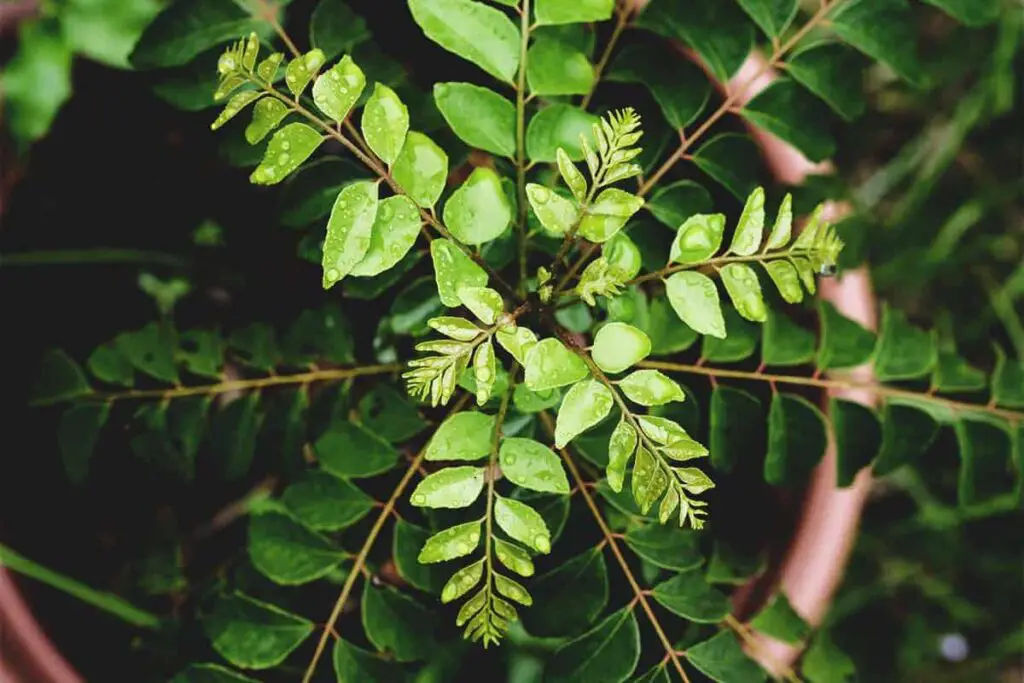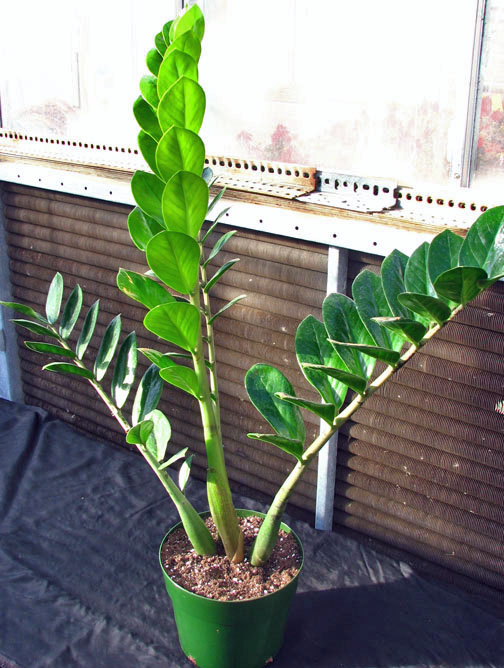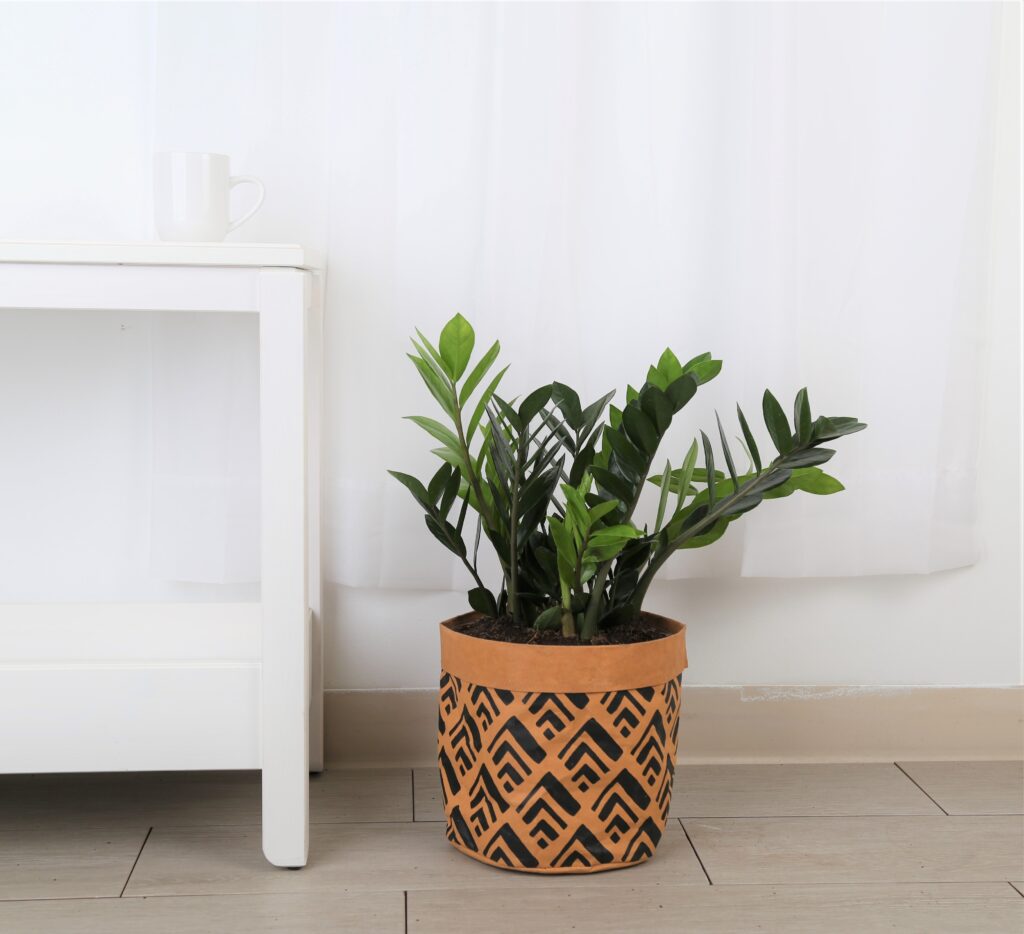If you’re a gardener, chances are you’ve encountered your fair share of problems. Some problems are easy to solve, while others can be more difficult. One problem that you may encounter with your plants is leaf drop.
Leaf drop can be caused by a variety of things, including stress, pests, or disease. If you have a curry leaf plant that is experiencing leaf drop, there are a few things that you can do to try and fix the problem.
If you’re a fan of Indian cuisine, then you’re probably familiar with curry leaves. These fragrant leaves are used to flavor curries, soups, and stews. But what happens when your curry leaf plant starts to experience problems?
The most common problem with curry leaf plants is that they become leggy and produce fewer leaves. This can be caused by several factors, including too much sun or water, insufficient fertilizer, or pests. If your plant becomes leggy, you can try trimming it back to encourage new growth.
another problem that can occur is yellowing or browning of the leaves. This is usually due to too much sun exposure or overwatering. If you notice this happening, adjust your watering and lighting accordingly.
Finally, pests such as aphids and mealybugs can also cause problems for curry leaf plants. These pests suck the sap from the leaves, causing them to turn yellow and eventually drop off.
Credit: commons.wikimedia.org
What is Wrong With My Curry Leaf Plant?
If your curry leaf plant is wilting, yellowing, or dropping leaves, it may be due to a nutrient deficiency. Inspect the leaves for signs of pests or disease. If you see any, treat the plant according to the instructions on the product label.
Curry leaf plants are also sensitive to changes in temperature and light levels. Make sure the plant is receiving enough water and sunlight. If you suspect your plant is not getting enough nutrients, fertilize it with a balanced fertilizer formulated for foliage plants.
How Do You Save a Dying Curry Leaf Plant?
If you have a curry leaf plant that’s not looking too healthy, there are a few things you can do to try and revive it. First, check the plant for signs of pests or disease. If you see any, treat the plant accordingly.
Next, make sure the plant is getting enough water. Curry leaf plants like to be kept moist, but not soggy. Water your plant once a week, making sure to let the soil dry out somewhat between waterings.
Finally, give your curry leaf plant some fertilizer. A balanced fertilizer will do the trick. Apply it according to package directions and your curry leaf plant should start to look better in no time!
How Do You Treat Fungus on Curry Leaves?
Curry leaves are a common ingredient in Indian cuisine. They have a strong, pungent flavor and are used to add flavor to curries, stews, and other dishes. Curry leaves are also known for their medicinal properties and are used to treat various ailments.
One of the most common uses for curry leaves is to treat fungal infections.
Fungal infections can occur on any part of the body but are most commonly found on the skin, nails, or hair. They can be uncomfortable and difficult to get rid of.
Curry leaves contain an antifungal compound called curcumin which is effective against various types of fungi. To treat a fungal infection with curry leaves, you can either consume them orally or apply them topically to the affected area.
If you choose to consume curry leaves orally, you can do so by adding them to your food or making a tea out of them.
To make a curry leaf tea, simply boil a handful of fresh or dried curry leaves in water for 5-10 minutes. Strain the liquid and drink it once it has cooled down. You can also chew on fresh curry leaves if you don’t mind their taste.
For topical application, grind up some fresh curry leaves into a paste and apply it directly onto the affected area. Leave it on for 30 minutes before washing it off with warm water.
How Do You Get Rid of Brown Spots on Curry Leaves?
Assuming you mean Curry Tree leaves and not the spice mix known as curry powder, to remove brown spots caused by cooking, cut the leaves into small pieces and soak in warm water for 5 minutes. Drain and pat dry with a paper towel.
Curry Leaf Plant Revival. Leaf Discolouration Problem Solved. Curry patta problem||FunandMore||
Homemade Pesticide for Curry Leaf Plant
When it comes to keeping your curry leaf plant healthy and free of pests, a homemade pesticide is a great option. This type of pesticide is made from ingredients that are safe for both humans and plants, and it can be just as effective as store-bought pesticides. Plus, it’s easy to make!
To get started, you’ll need the following ingredients: water, neem oil, dish soap, and white vinegar. Mix together 1 cup of water with 1 tablespoon each of neem oil and dish soap. Then add in 1/4 cup of white vinegar.
This mixture can be stored in a spray bottle and used as needed.
When using this pesticide, be sure to thoroughly coat the leaves of your curry leaf plant. It’s best to do this in the evening so that the leaves have time to dry before morning sun hits them.
Do this once per week or as needed if you see signs of pests on your plant.
Why is My Curry Leaves Plant Drooping
If your curry leaves plant is drooping, it could be due to a number of reasons. Perhaps the most common reason is that the plant is not getting enough water. Make sure you are watering your plant regularly and deeply, especially if the weather has been particularly hot or dry.
Another possibility is that the plant is getting too much sun. Curry leaves plants prefer partial shade, so if yours is in full sun, it may be struggling. Move it to a shadier spot and see if that helps.
It could also be that your plant is rootbound, meaning its roots have outgrown the pot it’s in and are constricted. This can cause the plant to wilt and droop. Repotting into a larger pot with fresh soil will usually fix the problem.
Finally, curry leaves plants are susceptible to certain pests and diseases, which can cause them to droop or even die. If you suspect your plant might be sick, take a close look for signs of pests or disease and consult with a local nursery or expert for advice on how to treat it.
Fungus on Curry Leaf Plant
If you’ve ever seen a white, powdery substance on your curry leaf plant, it’s likely fungus. While this problem is mostly cosmetic, it can eventually lead to leaf drop if left untreated. The good news is that there are several things you can do to get rid of fungus on your curry leaf plant.
The first step is to identify the type of fungus affecting your plant. There are many different types of fungi, and each one requires a different treatment approach. Once you know what type of fungus you’re dealing with, you can choose an appropriate fungicide.
Be sure to follow the directions on the label carefully.
In addition to using a fungicide, there are some other things you can do to prevent fungus from taking over your curry leaf plant. Make sure the plant has plenty of air circulation by pruning away any dead or dying leaves.
Keep the area around the plant free from debris and mulch at least six inches away from the base of the plant. Water only at the base of the plant so that water doesn’t splash up onto the leaves and spread fungi spores. Finally, avoid overhead watering as much as possible since wet leaves are more susceptible to fungal growth.
By following these tips, you can keep your curry leaf plant healthy and free from unsightly fungus growth!
How to Make Curry Leaf Plant Bushy
When it comes to making your curry leaf plant bushier, there are a few things you can do. First, make sure you are giving it enough water. The soil should be moist, but not soggy.
Second, fertilize your plant regularly. A good fertilizer will provide the nutrients needed for healthy growth. Third, prune your plant regularly.
This will encourage new growth and help keep your plant fuller and bushier. Finally, make sure you are providing adequate sunlight for your plant.
Curry Leaf Plant Turning Yellow in Summer
If your curry leaf plant is turning yellow in summer, it’s likely due to a lack of water. These plants are native to tropical regions and require consistent moisture to stay healthy. Make sure you’re watering your plant regularly, especially during hot weather.
If the soil is dry, give the plant a good soaking. You may also need to adjust your watering schedule if you’re using potting mix or other soil that dries out quickly.
Curry leaf plants are also susceptible to fungal diseases like powdery mildew and leaf spot.
These can cause the leaves to turn yellow or brown and eventually drop off. If you see signs of disease, treat with a fungicide according to package directions.
Dwarf Curry Leaf Plant
If you’re looking for a unique and flavorful addition to your culinary repertoire, look no further than the dwarf curry leaf plant! This diminutive herb is commonly used in Indian cuisine, and its complex flavor profile can elevate any dish.
The leaves of the dwarf curry leaf plant are small and oval-shaped, with a distinctive serrated edge.
They are a deep green color, and have a strong, pungent aroma. When cooked, the leaves release their flavor into whatever dish they are added to, infusing it with an earthy, aromatic taste.
Curry leaves are typically used fresh, as their flavor is more potent when they are not dried out.
To use them, simply pluck the leaves from the stem and add them to your recipe. If you can’t find fresh curry leaves at your local grocery store or Asian market, you can also purchase them online.
Whether you’re making a traditional Indian meal or just want to experiment with new flavors, dwarf curry leaf plants are definitely worth seeking out!
When to Hard Prune Curry Leaf Plant
When to Hard Prune Curry Leaf Plant
Although curry leaf plants are usually pruned annually, they may require hard pruning every few years to rejuvenate them. The best time to hard prune a curry leaf plant is in late winter or early spring, before new growth begins.
To hard prune a curry leaf plant, cut back all the stems to about 6 inches (15 cm) above ground level. This will encourage the plant to produce new, vigorous growth. After pruning, water the plant well and apply a balanced fertilizer.
Curry Leaf Spot Diseases
Curry leaf spot diseases are a group of fungal diseases that affect the leaves of curry trees. These diseases can cause spotting, discoloration, and eventually death of the affected leaves. The most common curry leaf spot disease is caused by the fungus Alternaria alternata.
Other fungi that can cause curry leaf spot diseases include Colletotrichum gloeosporioides, Curvularia lunata, and Phyllosticta minima.
Symptoms of curry leaf spot disease include small, round or irregular spots on the leaves. The spots may be brown, black, or reddish in color and have a yellow halo around them.
In severe cases, the entire leaf may turn brown or black and fall off the tree.
Curry leaf spot diseases are often spread by wind-blown spores from infected plants. They can also be spread by contaminated pruning tools or water splashes from infected leaves onto healthy ones.
Once a plant is infected, the fungi can overwinter in fallen leaves and debris and infect new growth in springtime.
To prevent curry leaf spot diseases, it is important to practice good hygiene in your garden or farm. This includes disposing of infected leaves promptly and disinfecting all pruning tools before using them on healthy plants.
You should also avoid overhead watering which can splash spores onto healthy foliage. If possible, choose disease-resistant varieties of curry trees for planting.
Conclusion
If you’re having trouble with your curry leaf plant, you’re not alone. Many gardeners have difficulty getting their curry leaf plants to thrive. There are a number of possible reasons for this, including poor drainage, too much sun or shade, and infrequent watering.
However, with a little patience and care, it is possible to get your curry leaf plant to thrive.




